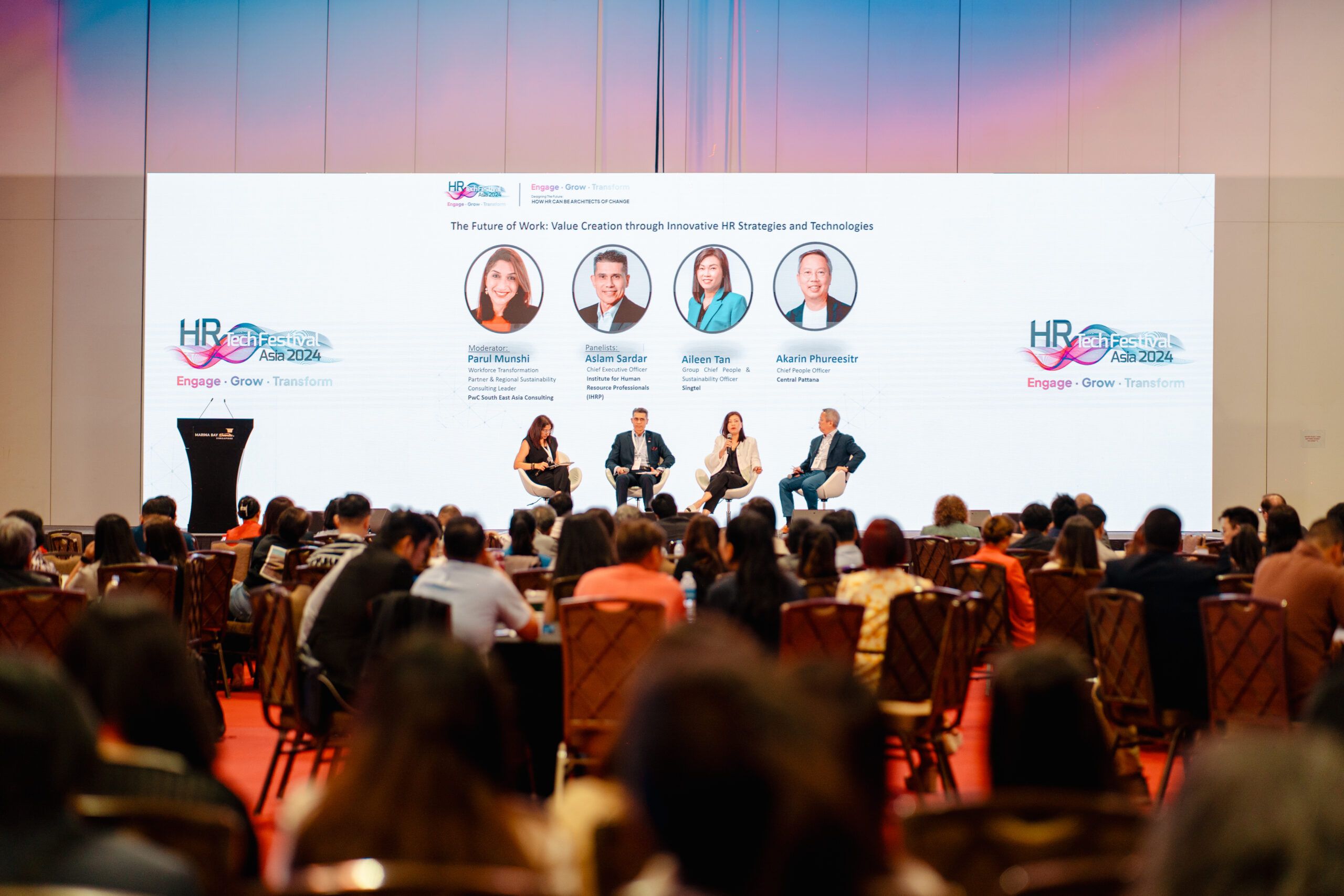How organisations can develop their next-generation leaders

Unlike their older counterparts, Gen Z and younger millennials employees have a different definition of good leadership and this is changing the way they lead teams and become established leaders in their organisations.
Yeo Chuen Chuen, Managing Director of ACESENCE Agile Leadership, believes that aspiring leaders should not measure their success by relying on obsolete metrics to identify, train, and promote leaders, but should focus on finding out what the two generations of employees want, and lead with those priorities.
Speaking to HRM Asia, Yeo underscored the importance of effective leadership on millennials and Gen Z, using results from the ACESENCE Leaders People Love Global Survey, which sought to find out the leadership behaviours that employees wanted to see from their managers. 87.2% of respondents, she said, agreed that their happiness at work is influenced by effective management, with 72.9% of the respondents marking “Strongly Agree” in their options. Breaking this down, 65.2% of Gen Z and 73.1% of millennials respondents support having good leaders to feel happy at work.
Highlighting the managerial competencies that employees now want in their leaders, Yeo shared five to focus on: recognising good work; trusting their employees; empowering them in their work; showing care and compassion; and having a clear sense of direction in the work. All these traits, of course, must be tempered with empathy, which an overwhelming 76.3% of respondents agreed was a top trait.
“For Gen Z leaders to excel in a multi-generational workplace, they must be able to engage diverse audiences with curiosity and empathy,” said Yeo. “This will enable them to formulate the right policies that speak to the needs of the diverse workforce.”

“For Gen Z leaders to excel in a multi-generational workplace, they must be able to engage diverse audiences with curiosity and empathy. This will enable them to formulate the right policies that speak to the needs of the diverse workforce.”– Yeo Chuen Chuen, Managing Director, ACESENCE Agile Leadership
She recommended current leaders who are mentoring new Gen Z proteges to acquire these qualities when it comes to interacting with these aspiring leaders. Firstly, leaders should, when interacting with Gen Z leaders, normalise human emotions. “Gen Zs need support to explore and discover new ways of working and leading. The leadership journey is full of uncertainty and the image that leaders ‘know it all ’and ‘got it all under control’ is unattainable in their view,” shared Yeo.
Admitting to vulnerability is key, and leaders should help the next generation of leaders develop strategic thinking and thoughtful risk management. This also includes broadening the perspectives of these leaders is also effective in teaching Gen Z leaders to learn and challenge themselves to attain personal growth and career progression, such as giving opportunities to them outside of their job scope and involving them in big picture discussions.
All this would not work if leaders do not find purpose and direction in their work, especially in a high-tension ecosystem. “Research has indicated that Gen Z spend a median 2.25 years in a job, while millennials spend 2.75 years,” said Yeo.
An ageing workforce and slowly shrinking talent pool also drives these employees to deliver more at a faster rate, which makes them lose sense of their purpose and discourage them to do their best. To keep these talented leaders, leaders should give Gen Z and millennials a stake in empowerment by involving them in decision-making opportunities, while releasing the stress that these employees are under, Yeo concluded.
READ MORE: Gen Z ushers new workplace norms in Australia
Managers and leaders within an organisation play a special role in performance management as they can analyse the performance of employees and then proceed to effectively push them to higher levels by mentoring them. This can range from giving opportunities to these employees to develop the skills that employees identify as critical to advancing their careers, and helping employees set goals and performance indicators that can act as milestones to target.



